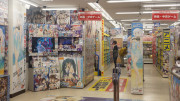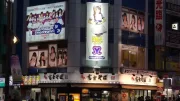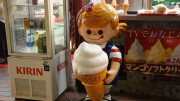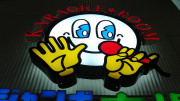Snack bars (スナックバー or simply “snakku”) are a uniquely Japanese style of casual drinking establishment that blend the roles of bar, lounge, and social club. Typically found tucked away on upper floors of city buildings or nestled into alleyways, these cosy venues offer a personalised and often nostalgic nightlife experience rooted in post-war Japanese culture.
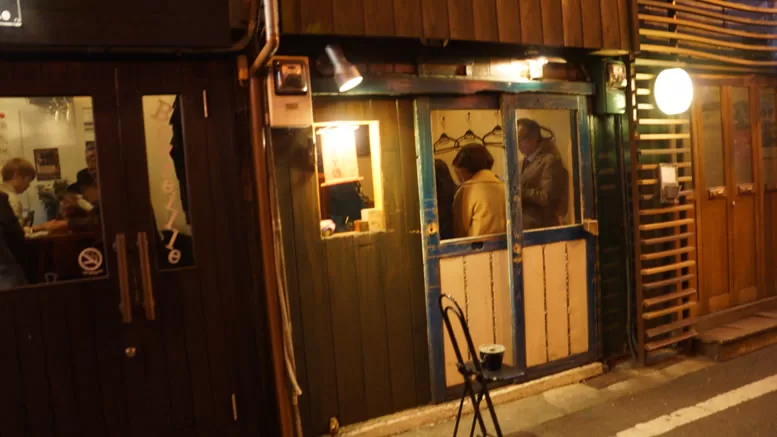
The origins of snack bars date back to the post-WWII era, emerging as spaces where working-class patrons—especially male office workers (or salarymen)—could unwind after a long day. Run primarily by women known as mama-sans, these establishments provided more than just drinks. Customers would often return for the friendly conversation, karaoke, and warm, almost familial atmosphere. Over time, snack bars became a fixture of Japan’s nightlife, especially in entertainment districts and business-heavy areas.
The traditional snack bar is usually small, seating between 5 to 20 people, and features a counter with the mama-san or staff pouring drinks, chatting with regulars, and sometimes singing along during karaoke. Unlike hostess clubs, snack bars are usually more casual, intimate, and affordable, with a focus on familiarity and hospitality.
A Changing Clientele
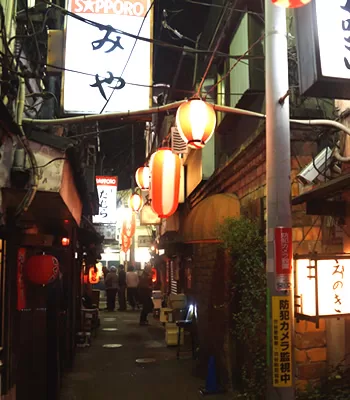 While once packed nightly with loyal salarymen, Japan’s shifting demographics and work culture have seen a steady decline in regular visitors. With fewer young people taking up white-collar jobs for life, and changes in entertainment habits, many snack bars have struggled to survive. In recent years, some have closed their doors due to dwindling clientele.
While once packed nightly with loyal salarymen, Japan’s shifting demographics and work culture have seen a steady decline in regular visitors. With fewer young people taking up white-collar jobs for life, and changes in entertainment habits, many snack bars have struggled to survive. In recent years, some have closed their doors due to dwindling clientele.
Adding to the challenges, many snack bar owners in high-value real estate areas—especially in big cities like Tokyo and Osaka—have been forced out under the pretence of earthquake safety regulations. While some of these buildings do indeed require updates, critics argue that the enforcement often conveniently targets smaller, independently owned businesses to make way for more profitable developments. This has led to the quiet disappearance of many long-standing snack bars, taking with them a piece of Japan’s Showa-era charm.
Still, not all snack bars are fading away. In response to the changing landscape, a growing number of owners—especially in areas with more foot traffic from tourists—have begun to embrace a wider audience. These welcoming snack bars often provide English menus, translation apps, or even bilingual staff to help non-Japanese speakers navigate the experience. For travellers seeking a slice of retro Japan and genuine local interaction, stepping into a friendly snack bar can be a quirky and memorable highlight—offering both drinks and conversation in an atmosphere unlike anywhere else.
What to Expect
Entering a snack bar might feel intimidating at first, especially since many cater to regulars and are hidden from street view. However, for those open to adventure, they offer a rare peek into Japanese social culture. Expect a cosy environment, karaoke machines, a simple selection of drinks (whisky and shochu are popular), and sometimes light snacks or food.
Many snack bars charge a table charge or bottle keep fee, where customers store their personal bottle of alcohol for future visits. First-timers should check signage or ask about prices to avoid surprises.
Popular Areas to Explore
If you’re curious to try a snack bar, some neighbourhoods across Japan are known for their dense clusters:
- Golden Gai (Shinjuku, Tokyo): Famous for its tiny bars with quirky themes, many of which operate like snack bars.
- Nonbei Yokocho (Shibuya, Tokyo) A few small lanes filled with tiny bars only a stone’s throw from Shibuya’s scramble crossing.
- Shinbashi (Tokyo): A hub for salarymen, filled with traditional snack bars, especially on upper floors of older buildings.
- Susukino (Sapporo): Hokkaido’s nightlife area with numerous snack bars and karaoke lounges.
- Umeda & Namba (Osaka): Look above the ground floor in these bustling districts for local snack bars.
- Nakasu (Fukuoka): One of the major nightlife districts in Kyushu, full of traditional and modern-style snack bars.
Tips for Visiting
- Be respectful of regulars and the mama-san, politeness goes a long way.
- Keep an eye out for English signage, this is a good indicator of welcoming to tourists.
- Check pricing before ordering or entering. Some places display charges clearly; others don’t.
- Some venues may have cover charges or surcharges on drinks to cover costs, they are often very affordable compared to other nightclubs.
- Be ready to sing—karaoke is a beloved part of the experience!
- Use translation apps or go with a local guide if unsure about communication.
Snack bars are more than just a place to drink—they’re a cultural experience. For travellers looking to see the human side of Japan’s nightlife, beyond the glitz of clubs and izakayas, a night in a snack bar can be something truly special.
Also on Happy Jappy
Izakaya Bars
Tachinomi Bars

